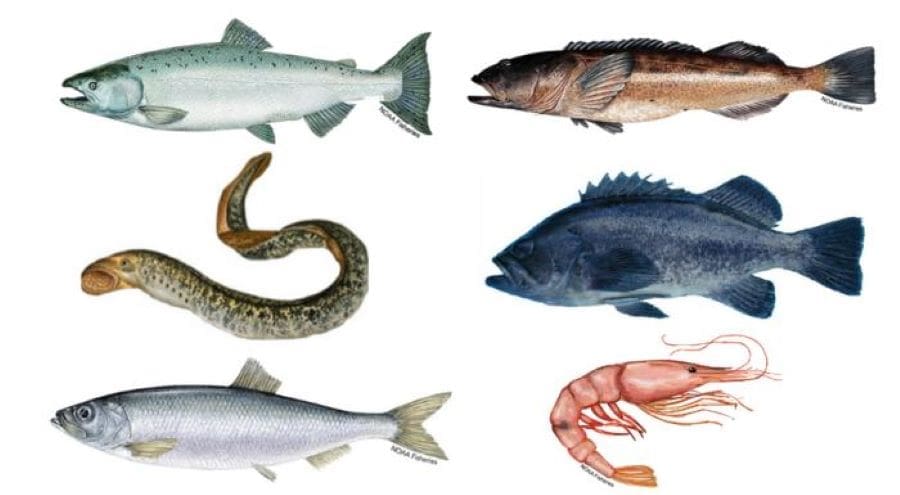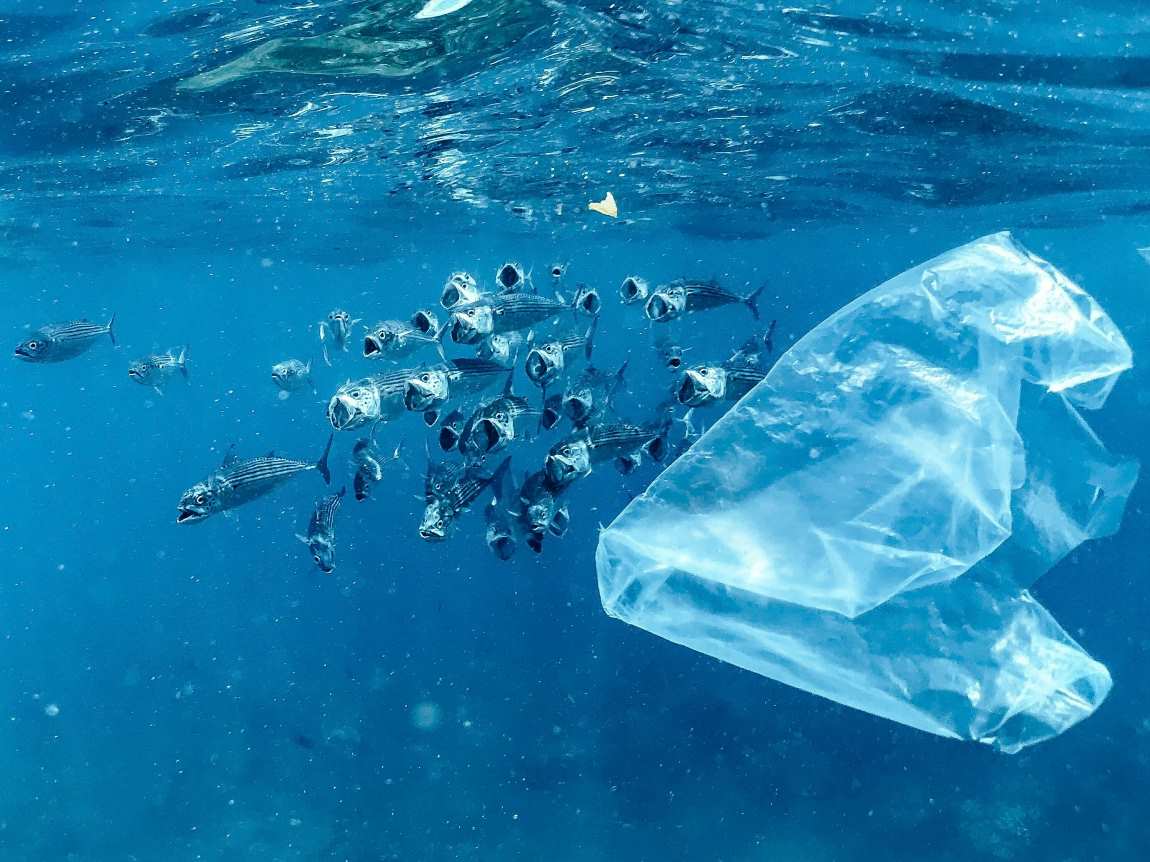A study published in Frontiers in Toxicology has revealed that seafood commonly consumed in Oregon contains microplastics, shedding light on the prevalence of plastic particles in the edible tissues of marine and freshwater species.
Researchers from Portland State University’s Applied Coastal Ecology Lab, led by Elise Granek, examined six economically and culturally significant species, including Chinook salmon and pink shrimp. The findings emphasize the need for solutions to mitigate microplastic pollution entering marine ecosystems.

Cristina Rojas | Portland State University – The tiny particles that shed from clothing, packaging and other plastic products are winding up in the fish that people eat, according to a new study from Portland State researchers, highlighting a need for technologies and strategies to reduce microfiber pollution entering the environment.
Building on previous research exploring the prevalence of microplastics in bivalves like Pacific oysters and razor clams, researchers in PSU’s Applied Coastal Ecology Lab — led by Elise Granek, professor of environmental science and management — turned their focus to commonly eaten finfish and crustaceans.
Summer Traylor, who graduated in 2022 with a master’s in environmental management, led the project with assistance from undergraduate environmental science student Marilyn Duncan, who graduated in 2024. The team set out to fill in gaps about microplastic contamination in Oregon finfish and shellfish and better understand variations across trophic levels, which classify a fish’s position in the food chain, and in pathways to consumers.
Traylor’s research helped her land a job working for the National Oceanic and Atmospheric Administration (NOAA) after graduating from PSU, and Duncan has plans to continue microplastics research in graduate school.
The team quantified anthropogenic particles, materials produced or modified by humans, that they found in the edible tissue of six species that are economically or culturally important in Oregon: black rockfish, lingcod, Chinook salmon, Pacific herring, Pacific lamprey, and pink shrimp.
They compared particle concentrations across trophic levels and whether their position in the food web affected what and how much was contaminating their edible tissue as well as whether there were differences in samples acquired directly from research fishing vessels versus those from supermarkets and seafood vendors.
Susanne Brander, an ecotoxicologist and associate professor in Oregon State University’s College of Agricultural Sciences, helped analyze and validate a subsample of suspected plastics in her lab.
The study found 1,806 suspected particles across 180 of 182 individual samples. Fibers were the most abundant, followed by fragments and films.
Among the species sampled, pink shrimp, which filter-feed right below the surface of the water, had the highest concentrations of particles in their edible tissues. Chinook salmon had the lowest concentrations, followed by black rockfish and lingcod.
“We found that the smaller organisms that we sampled seem to be ingesting more anthropogenic, non-nutritious particles,” Granek said. “Shrimp and small fish, like herring, are eating smaller food items like zooplankton. Other studies have found high concentrations of plastics in the area in which zooplankton accumulate and these anthropogenic particles may resemble zooplankton and thus be taken up for animals that feed on zooplankton.”
Though the group expected that the processing from catch to consumer would introduce additional contaminants from plastic packaging meant to preserve seafood, that wasn’t universally true across the species. The researchers rinsed off the fish fillets and shrimp, replicating what most people do at home before preparing them, suggesting that in some cases, additional contamination that may land on the surface during processing can be removed with rinsing.
The study results, however, provide evidence of the widespread presence of particles in the edible tissues of Oregon’s marine and freshwater species.
“It’s very concerning that microfibers appear to move from the gut into other tissues such as muscle,” Brander said. “This has wide implications for other organisms, potentially including humans too.”
The researchers say the findings signal the need for both further studies to understand the mechanisms by which particles translocate into muscle tissue, which humans eat, as well as policy interventions to regulate anthropogenic particles.
“This project established critical baseline data for West Coast fisheries stakeholders and highlighted how much we still do not know about these pervasive microplastic pollutants,” said Traylor, who now serves as a NOAA Corps Officer, helping collect baseline microplastic data in the Gulf of Mexico to further expand public knowledge and understanding.
The authors are not advocating for people to stay away from seafood because, as Granek likes to remind people, microplastics are everywhere: in bottled water, beer, honey, beef, chicken, veggie burgers and tofu.
“If we are disposing of and utilizing products that release microplastics, those microplastics make their way into the environment, and are taken up by things we eat,” she said. “What we put out into the environment ends up back on our plates.”
That’s why Granek’s lab group is beginning to focus more on solutions.
“We’re continuing to do work to understand the effects of anthropogenic particles on animals, but we’re also moving into experimental work to test what are effective solutions to reduce microplastics entering marine ecosystems,” she said.
She’s leading a $1.9 million NOAA-funded project that is developing and testing washing machine, dishwasher and clothes dryer filters that can serve as cost-effective filtration solutions. In another project funded by Oregon Sea Grant, six catch basin filters will be installed in stormwater drains in two coastal towns to determine their efficacy in trapping microplastics from road runoff before entering waterways. Brander’s lab is collaborating on both projects as well.
Journal Reference:
Traylor SD, Granek EF, Duncan M and Brander SM, ‘From the ocean to our kitchen table: anthropogenic particles in the edible tissue of U.S. West Coast seafood species’, Frontiers in Toxicology 6:1469995 (2024). DOI: 10.3389/ftox.2024.1469995
Article Source:
Press Release/Material by Portland State University
Featured image credit: Naja Bertolt Jensen | Unsplash




